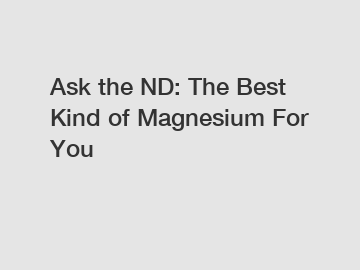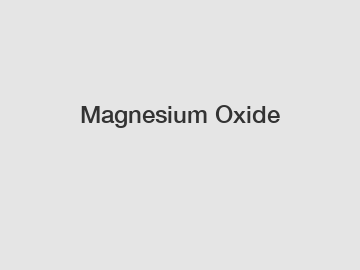The Benefits of Using Common SurfactantCommon Surfactant: Enhancing Cleaning Efficiency and Performance
Surfactants are commonly used in cleaning products due to their ability to lower the surface tension between two different phases. By incorporating surfactants into cleaning formulations, manufacturers can achieve improved cleaning efficiency and performance. Here are the benefits of using common surfactants in cleaning products:1. **Improved Wetting Ability**Surfactants are known for their excellent wetting abilities, allowing them to spread easily over a surface and penetrate into tight spaces. This helps cleaning agents to make better contact with the surface and effectively remove dirt and grime.2. **Enhanced Soil Removal**Surfactants possess emulsifying properties that help to break down and disperse oily stains and dirt particles. This allows cleaning agents to lift and suspend soil from the surface, making it easier to rinse away.3. **Reduced Water Surface Tension**Surfactants work by decreasing the surface tension of water, enabling it to spread out more evenly across the surface. This reduces water droplet formation and ensures better coverage during cleaning, leading to more efficient removal of dirt and stains.4. **Prevention of Re-Deposition**Surfactants also help to prevent the re-deposition of soil onto the cleaned surface. By binding to the dirt particles and keeping them suspended in the cleaning solution, surfactants prevent them from settling back onto the surface, ensuring a thorough clean.5. **Improved Foaming Properties**Some surfactants have foaming properties that help to create a thick and stable foam during the cleaning process. This foam can help to lift dirt and grime from the surface and improve the overall cleaning performance.6. **Compatibility with Various Surfaces**Common surfactants are generally compatible with a wide range of surfaces, including metal, plastic, glass, and ceramic. This versatility makes them suitable for use in a variety of cleaning applications, from household cleaners to industrial degreasers.7. **Environmentally Friendly**Many common surfactants are biodegradable and environmentally friendly, making them a preferred choice for eco-conscious consumers. By using surfactants derived from natural sources, manufacturers can reduce their environmental impact while still achieving effective cleaning results.8. **Cost-Effective**Incorporating surfactants into cleaning formulations can help to improve the overall efficiency and performance of the product, reducing the need for additional cleaning agents or repeated applications. This can lead to cost savings for both manufacturers and consumers.In conclusion, the benefits of using common surfactants in cleaning products are undeniable. From improved wetting ability and soil removal to reduced water surface tension and prevention of re-deposition, surfactants play a crucial role in enhancing cleaning efficiency and performance. With their compatibility with various surfaces, environmentally friendly properties, and cost-effectiveness, surfactants are a valuable ingredient in any cleaning formulation. Whether you are cleaning your home, office, or industrial space, incorporating surfactants into your cleaning products can help you achieve a superior clean every time.
If you are looking for more details, kindly visit Esters Supplier, Professional China Wholesale Surfactants.
Additional resources:What is the Difference Between EPDM and Nitrile Rubber?What are the benefits of carpet backing latex?EWG Skin Deep® | What is SODIUM CUMENESULFONATEThe Styrene acrylic emulsion is better for paint than pure ...Enzymatic Debridement of Deep Thermal Burns in the ...What is HPMC for gypsum plaster?5.64 oz Dimethicone (Polydimethylsiloxane), RE32 Additional resources:What are dimethyl urea hardeners?What are the benefits of Ureido Silane?What are the benefits of Synthomer NBR latex?How Does Sustainable Packaging Material Work?Unlocking the Top Benefits of Synthomer NBR Latex for Superior PerformanceTheophylline Toxicity - StatPearlsWhat is the function of redispersible polymer powder?












Comments
All Comments ( 0 )